NASA is training in Sarakiniko: 23 million years of prehistory written in the white rocks
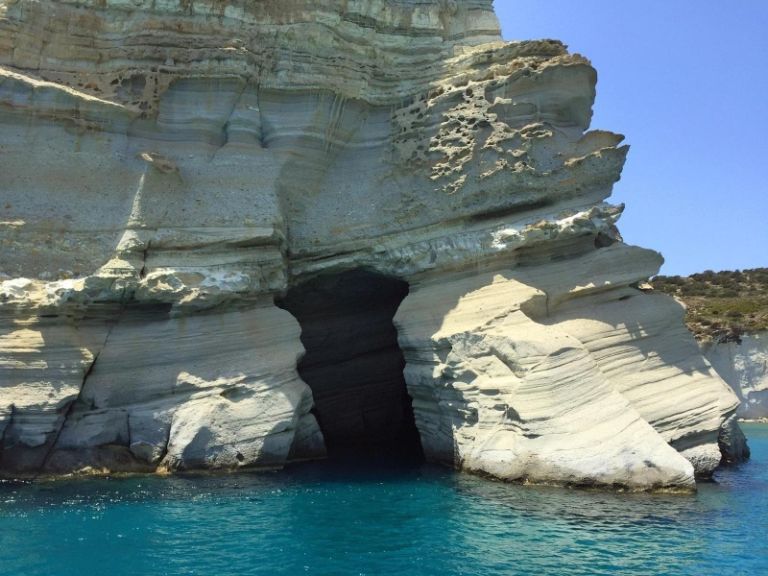
Πηγή Φωτογραφίας: Pixabay//NASA is training in Sarakiniko: 23 million years of prehistory written in the white rocks
Last summer, top executives from the American and European Space Agencies, NASA and ESA respectively, arrived in Sarakiniko, Milos. The scientists did not visit the landscape (only) to admire its indescribable, lunar beauty, but to study it. In their eyes, it is a landmark of unique importance on Earth, from which they can draw conclusions that they will use for the exploration of new planets. In their eyes, too, it is inconceivable that this area is not protected from various conditions and vandalism. They did not know, of course, that at the point where they were treading carefully, bulldozers had entered and began digging up the pure white rocks and pouring cement to build a hotel.
Dr. Anezina Solomonidou, a planetary geologist and a planetologist with tenure at NASA and ESA, is originally from Milos. She is one of the most important Greek scientists, president of the Planetary and Solar System Science Department of the European Geosciences Union, who was invited to join the Hellenic Space Center as a researcher. In the shadow of the revelation by protothema.gr that investors bought a part of Sarakinikos, the Kaminia site, and started building a hotel, she declares in shock: “For every meter that is dug there, thousands of years of geological history are lost.” It is a disaster that concerns not only the people of Milos, as she explains, nor even the Greeks, but all of humanity, as a similar landscape does not exist anywhere else on the planet.

Robotic system simulations
To the uninitiated, the wider Sarakiniko area is simply an area of eerie beauty, with snow-white rocks plunging into the blue waters of the Aegean. In the eyes of scientists, however, it is not so. “This is a real natural archive that does not exist anywhere else on Earth, a unique geoheritage site,” points out Ms. Solomonidou. “That is why it is very useful to us, because it is the ideal terrestrial analogue – that is what we call it – for space studies, especially for the exploration of the Moon and Mars. Sarakiniko can be used by scientists for simulations and tests of robotic systems such as the Mars Rover, for training astronauts preparing for extraterrestrial geology missions and technicians for future planetary exploration missions.”
For scientists, the processes that took place at a depth of millions of years are particularly useful, as they resemble the analogous processes that occur on other planets with volcanic activity, with collisions with meteorites and other geological phenomena that, as one understands, are very difficult to study up close.
We ask Mrs. Solomonidou why this landscape on Milos is so unique and how and when it was created. She explains that Sarakiniko was an underwater volcano that erupted 23 million years ago and took its final current form one and a half million years ago. It is also natural, as Sarakiniko of Milos was created by an underwater volcano that was there millions of years ago, that it is a unique point for the study of volcanic activity and for scientists to draw conclusions about the course of the volcanic arc in the Aegean, as based on its history, which results from its geological history, they can proceed with their research.

The fossils
The destruction caused by the construction of the five-star hotel on the rocks that are being dug to create villas, reception and swimming pools is terrifying. Especially if one considers that exactly at the point where the work was carried out, before the government intervened, fossils have been found – and there are many more – dating back one to one and a half million years.
At the point where it was dug, in a large part of it to build the hotel, invertebrate fossils have been found. These are bivalves, scaphopods, gastropods, branchiopods, echinoids and acorns. Diatom microfossils have also been discovered in Sarakiniko, which have been dated between 1.95 and 1.73 million years ago, at the beginning of the Pleistocene Period.
The importance of these fossils for understanding the prehistory of the planet and what happened on it long before our species appeared probably needs no explanation. All the more so since at the site, which is a… living fossil cemetery, there is a large number of fossilized remains of marine organisms embedded in the white rocks. Precisely because these are marine organisms, scientists have the opportunity to study and understand what was happening millions of years ago on the seabed that covered that site at the time and how these organisms interacted with the volcano. As Sarakiniko was below the surface of the sea, scientists can understand how Milos was formed over millions of years after the volcanic eruptions and its carving by the sea and the winds.
The damage has already been done. The heavy machinery – excavators, bulldozers, trucks – that passed over the rocks trampled not only the rocks that constitute a scientific geological archive in themselves, but also the fossils that were preserved for millions of years and were flattened overnight or dug up and thrown into the trash with the rubble, or cemented to lay the foundations of the hotel. In place of the fossils, in the dug rocks, iron bars have been placed, which together with the concrete will be used in the construction.
With the events being horrifying, the question is in which civilized country could this happen and why is there no one to protect this unique heritage for humanity. As well as the way in which the local competent Ephorate of Antiquities and the Ministry of Culture gave the OK for the issuance of a building permit. The answer is that in Greece the regime is so peculiar that it leaves loopholes for someone to do whatever they want.
As industry figures explain, the archaeological services essentially have their hands tied. This means that while they have the authority to stop a project at any time, if there are no specific conditions, they cannot intervene. In practice, the archaeological services have the authority to stop work on findings up to 7,000 years old. Or, to be more precise, on findings that refer to anthropological activity – as we have in Greece, such as in Theopetra, in Kalambaka, paleontological findings of humans – with which a site can be characterized as archaeological.

In the case of fossils, rocks and other such finds from prehistoric, paleontological times, things are from complicated to impossible, as it will be difficult for the -already overloaded by the constant finds- archaeological services to intervene. The result is what we see. As the local municipality does not react or is not listened to, no central body intervenes and the -in each case- investor manages to get a building permit to dig up the millions of years old rocks, to remove the -also millions of years old- fossils, to pour cement and to build. This is an unthinkable crime that is not found anywhere else.
Protected park
There are few landscapes on our planet like Sarakiniko, with that of Milos being the only one that combines the connection with the sea and the Aegean Volcanic Arc. Sarakiniko is also the only one in the world that is not protected by any treaty whatsoever.
On the contrary, White Sands in the United States has been designated a National Park, while something similar has happened to the volcanic formations of Cappadocia by the Turkish State, as well as to Lanzarote in the Canary Islands. In the latter, in particular, any intervention or damage is subject to severe punishment for violators, since the aim is to highlight and leave the landscape untouched.
What should have been done here? “The same as abroad,” says Mrs. Solomonidou to “THEMA.” “It should be a national park and access to it should be limited and controlled. It is incredible that the area has not been designated as a landscape of cultural and geological importance. The residents of Milos cannot fight alone to prevent visitors from carving their names on the rocks and to close a beach bar that suddenly sprouted there. I am sure that if there was a scientific committee to inspect the landscape, within an hour at most it would have issued a decision.”
From Barbarossa
The area was named Sarakiniko by the Saracen pirates, who in the Middle Ages used it as a lair. At that time, Milos and its specific location were the perfect place for them, since they had the coves formed by the rocks and the caves for their ships and treasures as a hideout and the ledges for observation posts.
There – as well as in Kleftiko – they not only hid from the prosecuting authorities, but also set up ambushes for passing ships, which they plundered. Due to the location, they could easily escape to the open sea.
Sarakiniko also has historical significance, as among the corsairs who used it as a base, as a hideout or as a landing place for an attack, was the legendary Barbarossa.
The games that time plays are strange. The incredibly beautiful landscape that emerged from geological and volcanic processes, from a hideout of Barbarossa became one of the most famous landmarks on the planet (this year Sarakiniko was voted the fifth most beautiful beach in the world, while previously “Conde Nast Traveler” voted it the seventh most beautiful place) and a destination for tourists who wanted to admire it up close. Just this summer, as the island of Milos hosted an international scientific workshop with the participation of 60 leading planetologists from around the world, within the framework of Terrestrial Analogues for Solar System Studies, scientists gathered in Sarakiniko, with the aim of analyzing its geological characteristics.
The scientific work also concluded that it is an ideal terrestrial analogue for the exploration of the solar system, especially for understanding the geology of the Moon, Mars and icy bodies such as Europa and Enceladus. The scientists declared themselves happy to have found a unique natural laboratory for testing robotic tools and simulating extraterrestrial surface exploration, considering it rather self-evident that the area should be protected. But because in this country the words of NASA and ESA scientists do not seem to have much weight, just a few months after their visit and the calls for the protection of Sarakinikos, the bulldozers came in and began digging to build the hotel in the uniquely beautiful and important landscape. At least they managed to see it up close, so they could write in one of their scientific papers that the Greeks once had such a treasure in their hands and destroyed it to make it a recreation area.
Source: pagenews.gr
Διαβάστε όλες τις τελευταίες Ειδήσεις από την Ελλάδα και τον Κόσμο








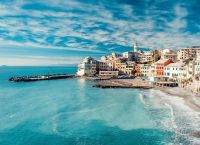
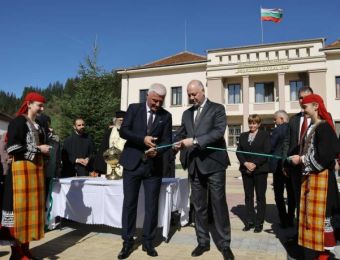
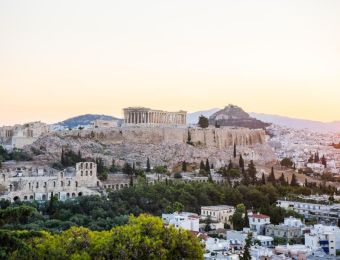



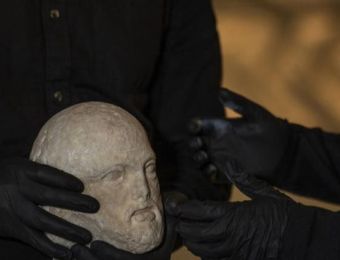


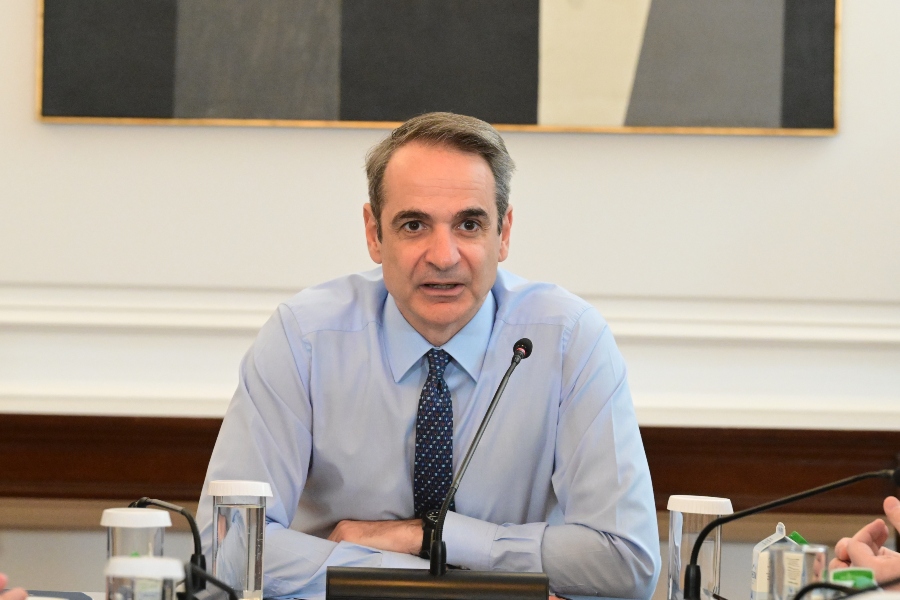

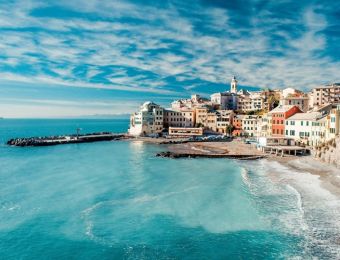











Το σχόλιο σας